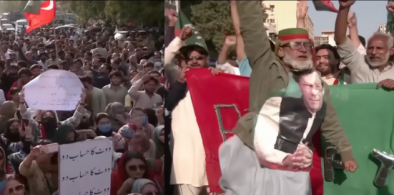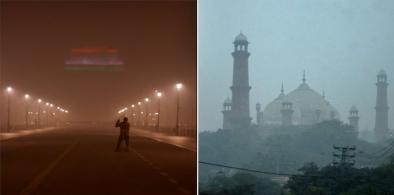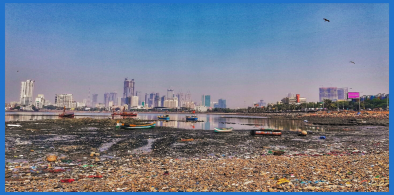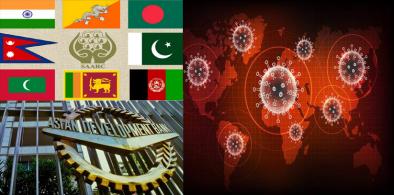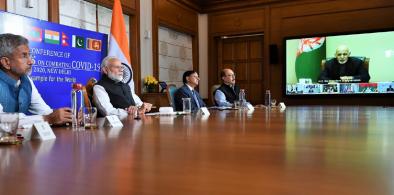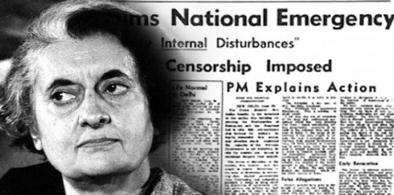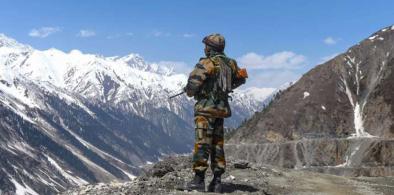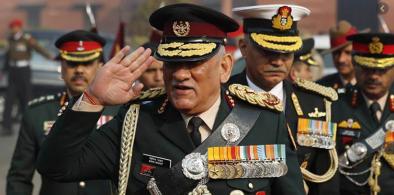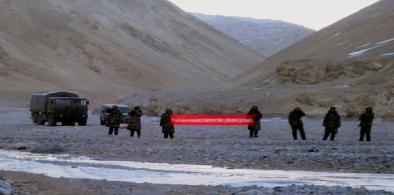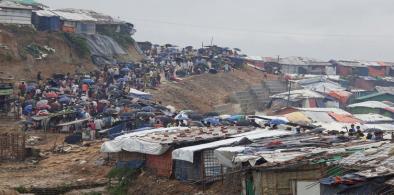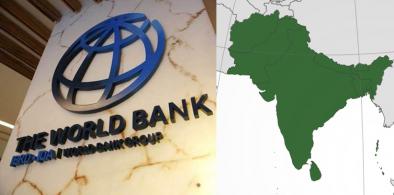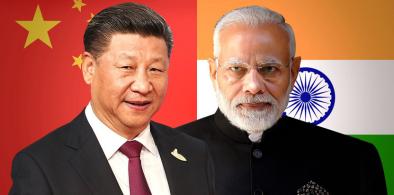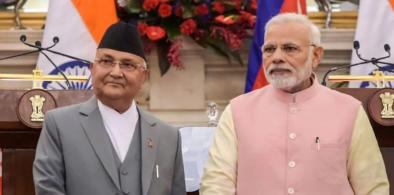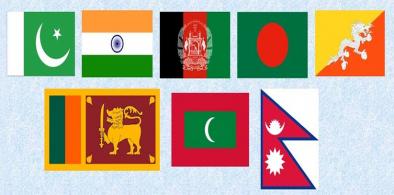The distribution of the COVID-19 package across countries of the South Asian region shows that India has been one of the largest beneficiaries but the per capita package is lower than the Maldives and Bhutan due to the smaller population of these countries, writes Partha Pratim Mitra for South Asia Monitor
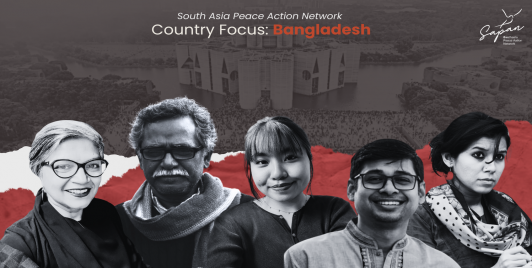
Post-uprising Bangladesh grapples with power, inclusion, and hope; rethink of ties with India
The aspirations of Gen-Z are on the walls, calling for a more tolerant and pluralistic society, with a sense of justice. "All political parties have heard that and understand that the newer generation are the most important voting bank at this moment. They don’t believe in the binary we have lived in for such a long time."
The changing state of Pakistani politics, for better or for worse
Today in Pakistan universities have proliferated and where in 2000 there were about 1 million post secondary students, in 2020 there were nearly 5 million and they have expectations, and they are also more political. But it is also the 30 and 40 year olds, generations of Pakistanis who are frustrated with the lifestyle of the rich and corrupt, and of a military they increasingly see in a similar light.
Pollution blows with the wind: South Asia's public health challenge needs harmonized regional action
In the larger South Asia context, air pollution does not follow national boundaries and therefore the solutions for all the airsheds cannot come from any one city or a country. The countries in South Asia – India, Bangladesh, Nepal, and Pakistan - that share a common airshed are impacted by the transboundary pollution. More than half of the air pollution across major cities in South Asia is not local but transboundary in nature.
South Asia's climate crisis needs a regional response
Regional bodies like the SAARC, the South Asian Association for Regional Cooperation, have the potential to foster cooperation on climate adaptation, disaster preparedness, and trans-border pollution control. However, geopolitical tensions, particularly between India and Pakistan, hinder progress.
India steps up health diplomacy to build new narratives in multilateralism
Although the COVID-19 crisis has provided an immediate context for Indian outreach, health has been for years on its foreign policy agenda and New Delhi has been quite active in promoting global health partnerships, writes Saroj Mohanty for South Asia Monitor
When history was made in India 45 years ago: Lessons from the Emergency
June 25, 2020, is the 45th anniversary of the infamous Emergency imposed on the country by Mrs. Gandhi, even while countrywide protests had erupted against her continuation in power, writes Vinod Aggarwal for South Asia Monitor
India-China border clash: Is there a way forward? (Part II of three-part series)
We need to step out of the stated and irrevocable positions taken, think out of the box, accept existing ground realities, create the right atmospherics amongst the people and international community and come up with a pragmatic solution, writes Lt Gen P R Kumar (retd) for South Asia Monitor
Indian Army must be allowed to respond appropriately to Chinese border bullying
The gloves are indeed off. Now New Delhi must ensure that the Indian Army’s mountain corps is made fully ready to foil further Chinese military moves, writes Anil Bhat for South Asia Monitor
Recasting Chief of Defence Staff role: Need to generate a culture of strategic thinking in India
Potential Indian defence ministers will have to be qualified to carry out the duties and responsibilities of that office effectively. This will automatically generate a culture of strategic thinking in the political rank and file, writes Lt Gen (Dr) Yash Malhotra (retd) for South Asia Monitor
India and China: Twain can never meet
The Chinese are extremely wary and suspicious of India's growing closeness with the US and feel that the US was seeking to "draw a line" around China, writes Tarun Basu for South Asia Monitor
Chinese ingress in eastern Ladakh a collusive move with Pakistan?
China’s message to India is loud and clear that it has absolutely no intention to withdraw soon. It has also proved that the collusive support of China and Pakistan to each other against India has been translated into reality, writes Lt Gen Rameshwar Roy (retd) for South Asia Monitor
COVID-19 has worsened the dire humanitarian crisis in Rohingya camps in Bangladesh
Since Bangladesh is among the lowest testing countries, Rohingyas living in these makeshift camps are largely deprived of testing for COVID-19, writes Shanjida Shahab Uddin for South Asia Monitor
As South Asia battles COVID-19, time for strengthening regional trade connectivity
Experts feel that the outbreak of the COVID-19 pandemic has brought about new opportunities for regional cooperation in South Asia with the setting up of an emergency fund of $10 million to fight the pandemic with India's initiative, writes Partha Pratim Mitra for South Asia Monitor
India-China dynamics in turbulent times: Civilisational ties and border dispute (Part I of three-part series)
While India never had hegemonistic tendencies, China the ‘middle power’ always wanted to restore its past glory by any means, which included grabbing/occupying land and maritime zones based on its perception of past ownership, writes Lt Gen P R Kumar (retd) for South Asia Monitor
India’s battle against COVID-19: Response efficiency has varied from state to state
The efficiency of response has varied across India. Kerala, Karnataka, Odisha, Andhra Pradesh, Rajasthan, Punjab, Haryana and the Northeastern states responded well, with strong public health measures combined with empathetic social services, writes Prof. K. Srinath Reddy for South Asia Monitor
Souring India-Nepal ties
China has made all-out efforts to draw Nepal into its strategic sphere and has stoked anti-India feelings, writes Lt Gen P. C. Katoch (retd) for South Asia Monitor
Cooperative security in South Asia: Subregional groups can show the way
In SAARC political agenda always dominated social and economic issues, whereas in successful regional organizations like ASEAN and EU, socio-economic issues prevailed over politics, writes Aneek Chatterjee for South Asia Monitor
India-China border dispute: Is a give and take possible now?
The immediate task is to get the PLA to leave Galwan without loss of face. On the other hand, could this just be the opportunity for the two sides to settle new LACs in the three sectors? writes Mohan Guruswamy for South Asia Monitor


